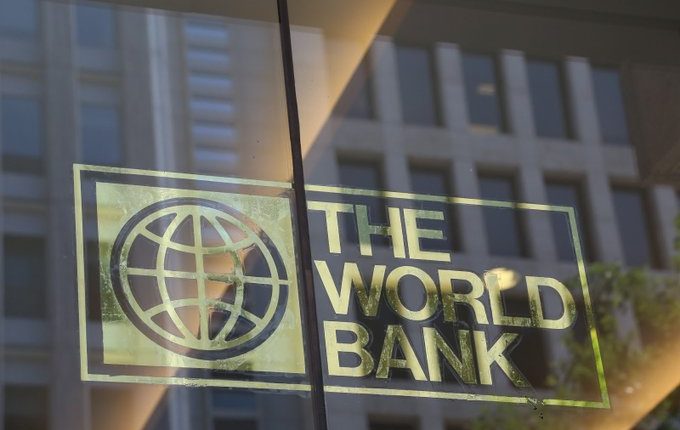Hanoi —Vietnam’s economic recovery accelerated over the last six months on the back of resilient manufacturing and a robust rebound in services. GDP growth is forecast to surge from an estimated 2.6 percent in 2021 to 7.5 percent in 2022, while inflation is projected to average 3.8 percent over the year, a World Bank economic update for Vietnam released today says.
Vietnam’s economy expanded 5.2 percent[1] in Q4-2021, 5.1 percent in Q1-2022, and 7.7 percent in Q2-2022, as consumers satisfied pent-up demand and foreign tourist arrivals picked up, according to the report, “Taking Stock: Educate to Grow,” the World Bank’s bi-annual economic outlook for Vietnam.
However, this positive outlook is subject to heightened risks that threaten recovery prospects. Risks include growth slowdown or stagflation in main export markets, further commodity price shocks, continued disruption of global supply chains, or the emergence of new COVID-19 variants. Domestic challenges include continued labor shortages, the risk of higher inflation, and heightened financial sector risks.
Given the nascent domestic recovery, the weakening global demand outlook, and heightened inflation risks, the report suggests a proactive response by the authorities. In the short run, on the fiscal front, the focus should be on the implementation of the Recovery and Development policy package and expanding targeted social safety nets to help buffer the poor and vulnerable from the effects of the fuel price shock and rising inflation. In the financial sector, close monitoring and strengthening non-performing loan reporting and provisioning as well as adopting an insolvency framework would be recommended.
If upside risks to inflation materialize — with core inflation accelerating and the consumer price index moving above the 4 percent target set by the government — the State Bank of Vietnam should be ready to pivot to monetary tightening to quell inflationary pressures through interest rate hikes and tighter liquidity provision.
“To sustain economic growth at the desired rate, Vietnam needs to increase productivity by 2-3 percent every year.” said Carolyn Turk, World Bank Country Director for Vietnam. “International experiences have shown that higher worker’s productivity can be achieved by investing in the education system, as an important part of a basket of investments and reforms. A competitive workforce will generate much-needed efficiency for Vietnam in the long term.”
The report argues that transforming the higher education system will be key to boosting Vietnam’s productivity and help achieve its goal of becoming an upper-middle-income country by 2035 and high-income country by 2045. To match average higher education enrollment levels in upper-middle economies, 3.8 million Vietnamese students would need to be enrolled in higher education institutions, almost twice as many as enrolled in 2019.
Reforms to Vietnam’s higher education system could help support development objectives, the report says. The increasing financial costs of pursuing higher education and the perception of diminishing economic returns from pursuing higher education have weakened demand. The system is further undermined by falling short of providing skills sought by employers, underinvestment by the state, and a weak and fragmented institutional structure governing higher education.
The report details suggestions for improving access to higher education, enhancing the quality and relevance of instruction, and making more efficient use of resources. Suggestions include expanding the use of digital technologies, enhancing the role of the private sector, and streamlining the regulatory framework.


Comments are closed.